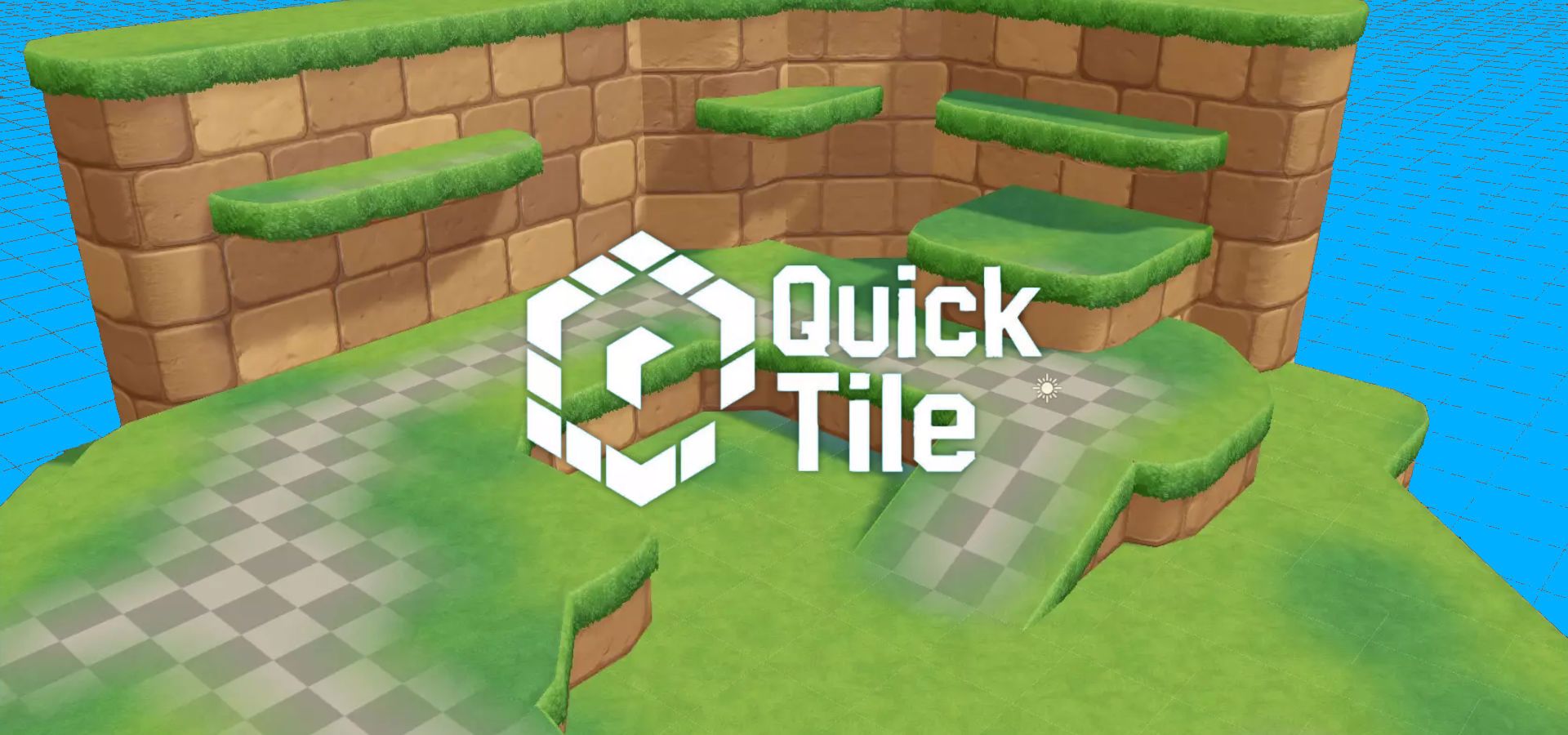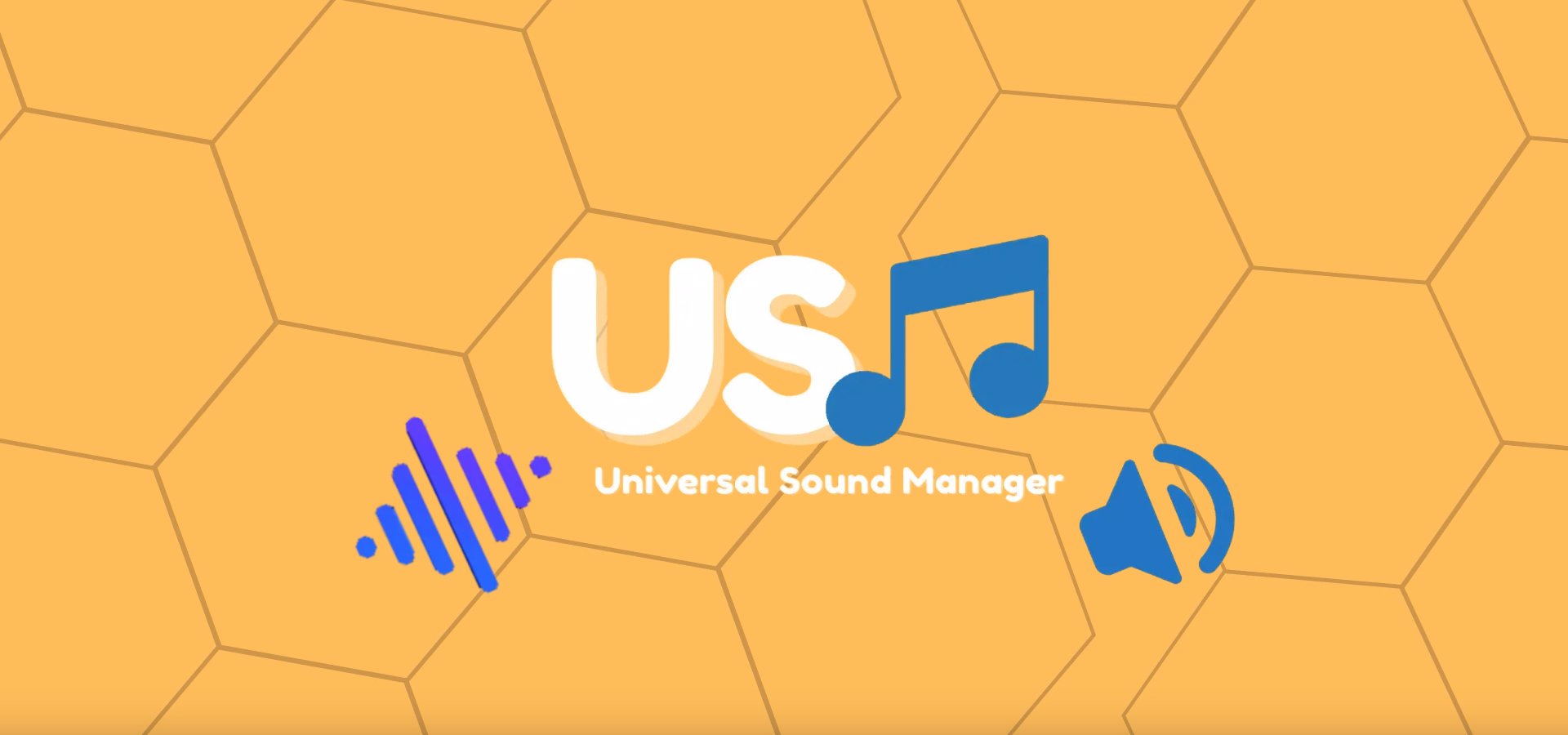Unity 6.2 is here, arriving only four months after the 6.1 release, with a quiet but meaningful update. This is an “Update Release,” meaning it is production-ready and fully supported, while Unity 6.0 remains the version with Long-Term Support (LTS) status.
The release introduces Unity AI, currently in beta. Integrated into the Unity Editor, it is intended to provide contextual assistance, automate repetitive tasks, generate placeholder assets, and make the onboarding process easier for new users.
For those interested in trying this feature, all users currently receive unlimited Unity Points for AI usage. These points will expire when Unity AI transitions to a paid model, though no timeline for this change has been announced.
Besides Unity AI, another notable addition in this release is the Graph Toolkit. Currently in an experimental phase, this package allows users to create custom visual graph tools. It can be used to simplify complex systems, streamline production pipelines, or enable non-coders to create and modify content in a visual and accessible way. The company noted that the same tools are used internally for features such as the new animation system.
This release also introduces new Mesh LOD functionality, which can automatically generate levels of detail for meshes at import. At runtime, the Mesh LOD feature automatically selects the appropriate LOD based on the mesh's on-screen size and the project-wide or per-object Mesh LOD settings.
XR is also a focus in this update. User interfaces, including menus and in-game panels, can now be rendered directly in world space, which is particularly useful for immersive XR experiences.
The Android XR package has moved to a verified state, providing a stable and production-ready foundation for building Android XR applications. Additional updates include the ability to visualize hand meshes and use them for occlusion, support for dynamically adjusting the display's refresh rate at runtime to improve performance, and Visibility Mesh Occlusion. The latter reduces GPU overhead for post-processing effects in URP, making it more practical to apply image effects such as color grading and vignetting on standalone XR headsets.
Unity 6.2 introduces new diagnostics features to help users monitor performance and stability across devices in real time. These tools provide improved crash and ANR (Application Not Responding) reporting, making it easier to identify issues and evaluate how a game performs across different device types and specifications.
The release also adds the Developer Data Framework. According to the company, this framework reflects their commitment to giving developers transparency and control over data usage within the Unity ecosystem. This focus on transparency and control is expected to remain central as additional live service capabilities are integrated into the editor.
For more information, be sure to check the official release post on Unity's community forum.




